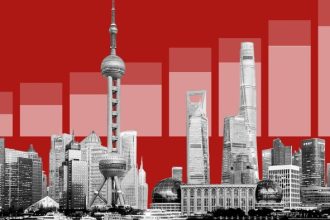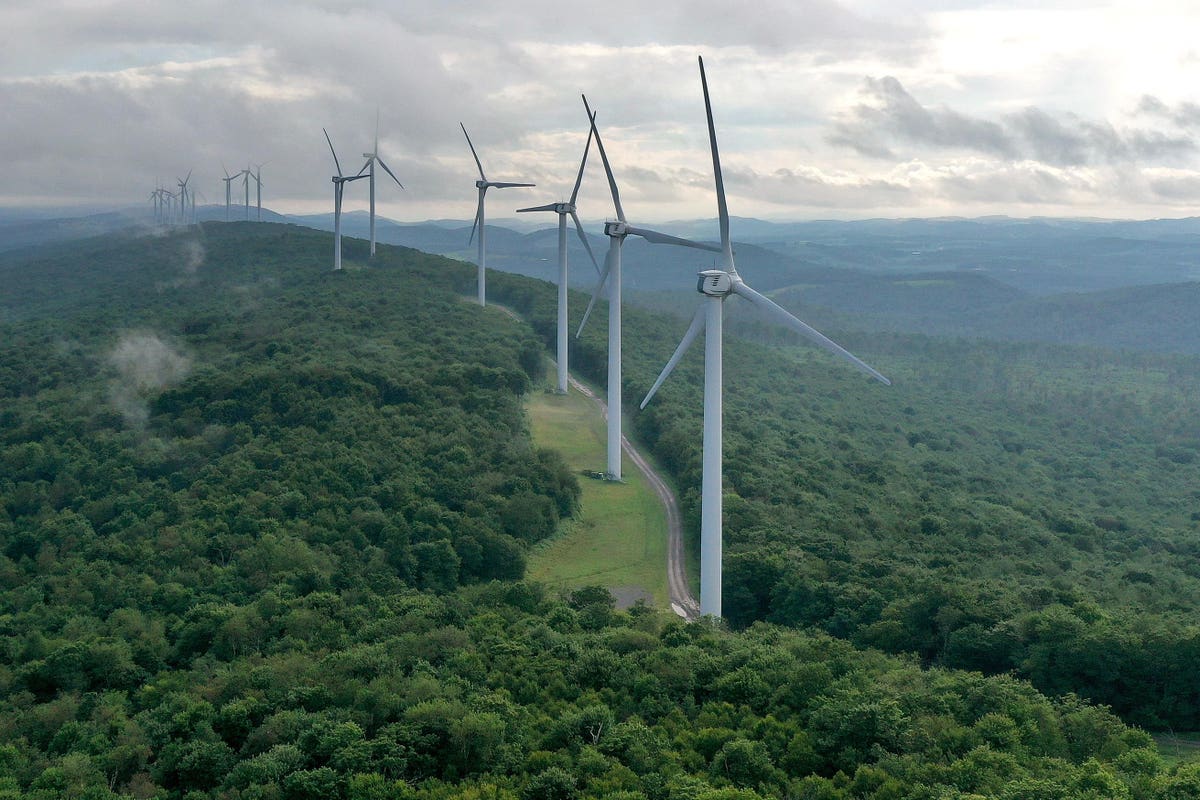If the Inflation Reduction Act lives up to its promises, it will cut electricity rates by 9% and gas prices by 13% — a function of shifting from fossil fuels to green energy. As a result of the solar power tax credit, Florida Power & Light is building 50 sites statewide and will refund $5.8 million to its customers.
Indeed, the IRA motivates investors to allocate capital to low-carbon solutions. That includes harnessing the wind and sun and converting to electric vehicles while ensuring a resilient grid that meets the challenges of electrification.
“The US Inflation Reduction Act is the largest investment toward the Paris Agreement. I am jumping for joy that we will invest in the right technologies and head in the right direction,” says Brenda Ekwurzel, director of climate science for the Union of Concerned Scientists. “This is now a country on the move and harnessing the future. Local leaders must seize the incentives.”
We discussed global warming threats and how that requires beefing up the aging infrastructure. The scientist’s overarching theme: the impact is now and not in the future — and science has flashed warning lights for decades. Anyone alive today is experiencing the effects of climate change.
Indeed, the National Oceanic and Atmospheric Administration confirmed Earth had its hottest June on record. Billions of people worldwide are enduring the heat, manifesting in wildfires, flooding, and warmer oceans caused by excessing greenhouse gas emissions.
Notably, the solutions are less expensive than the damages. In 2017, insurance industry losses were the greatest ever at $138 billion, says the International Association of Insurance Supervisors and the Sustainable Insurance Forum. Total economic losses, meanwhile, were $340 billion.
Enter the IRA, signed into law on August 16, 2022: the private sector has announced at least 210 significant new green energy and clean vehicle projects across the country. That will create 74,181 jobs and attract $86.3 billion if they come to fruition, according to E2’s findings.
For example, The electric battery maker SPARKZ is building a 482,000-square-foot factory in Bridgeport, W.V., which will initially employ 350 people. The factory starts producing batteries that go into forklifts and farm equipment.
Spreading The Wealth
The pursuit of corporate profits ushered in industrialization and excessive heat-trapping emissions. But the same economic canon applies to achieve net-zero goals — creating business strategies that appeal to consumers, add shareholder value, and improve communities.
Under the IRA, entrepreneurs announced more than 130 electric vehicles and battery factories. Meanwhile, renewable energy companies teed up 44 solar panel and equipment factories and at least 18 wind turbine plants and wind products. Republican and Democratic states benefit — 38 in all — seven of which are home to at least 10 new projects, while 15 states will host five or more deals.
“It’s only been a year since the IRA was signed into law, and we’re already seeing the biggest economic boom in America in generations,” says Bob Keefe, executive director of E2. “We are re-energizing communities left behind by previous economic transitions and creating more jobs and attracting more investments than anyone expected.”
But we are not out of the woods yet — by a long shot: the U.S. Department of Energy says the transmission grid must grow by 60% by 2030 and triple by 2050. For carbon neutrality to happen, the grid needs to expand by 2% to 3% yearly.
The REPEAT Project says that if the network fails to develop more than 1% yearly, it will increase U.S. greenhouse gas emissions by 800 million tons annually by 2030. Stated differently, if the grid doesn’t grow, the IRA’s goals will go unrealized, losing more than 80% of the emissions gains. That hurts wind, solar, and electric vehicles — and impedes the corporate world’s net-zero goals.
Moreover, many communities can’t afford to insulate themselves from climate change. The federal government is therefore grappling with how to pay the damages. For example, flash flooding in West Virginia heads down the narrow mountains and into local communities, washing away their roads and bridges. The Federal Energy Management Association has awarded the state millions of dollars in relief.
Meantime, global warming is making matters worse, drying North American forests — ignited by the slightest catalyst. The National Interagency Fire Center says 35,382 fires have occurred in the country this year, burning 1.68 million acres and killing the trees that are natural CO2 vacuums. To that end, the IRA gives $5 billion for conservation and sustainable forestry — of which $1.5 billion provides canopies to cool cities and prevent thousands of yearly heat-related deaths.
No Place Is Off Limits
The impact reverberates everywhere. Consider: Wildfires in the Boreal Forests — encompassing Canada and parts of the United States — led to nearly half a gigaton of CO2 or 1.76 billion tons in 2021. That’s the highest ever, according to the University of California at Irvine, and nearly twice as much as the aviation sector emitted in the same year. When trees burn, they release the captured CO2. However, when vegetation returns — often years later — the CO2 is recovered.
In a world of 9.5 billion people, no place is off limits. The Global Systems Institute at Exeter points to India, where extreme heat is killing the sick and elderly. A 2.7 degree Celsius rise puts 600 million people there in jeopardy. Meanwhile, relentless temperatures in Nigeria would put 300 million at risk. And Pakistan, which suffered terrible flooding last year, has 80 million in harm’s way.
Mass migration is not theoretical. Global warming creates refugees, threatening even the most barricaded countries and communities. The time to act is now, working to decarbonize the global economy and preserve the tropical rainforests — assets at risk due to logging and farming. The IRA’s investments in green energy and clean cars are a decent start — one that can set an example globally.
“We have all suffered, and there is no escaping the consequences of forest fires and floods,” says scientist Brenda Ekwurzel. “The United Nations has said it will keep telling the world what is happening. The good thing is you can see the money pumping into communities to support crumbling infrastructure — the frontlines of global warming.
“When things change this fast, it is scary,” she continues. “Those we love and cherish taught us how to do things from the world they were in. However, today’s solutions create shared benefits, preserving long-held values like saving money and helping the environment. But the solutions will also be equitable, spreading jobs worldwide.”
The United States financial system is the world’s envy. But, historically, this country has released more heat-trapping emissions than all others, necessitating meaningful action. The IRA is, therefore, a downpayment on climate change. But it also invests in the 21st Century’s green energy economy, renewing rural regions’ faith. It’s long overdue and will upgrade the health and welfare of American communities.
Read the full article here





